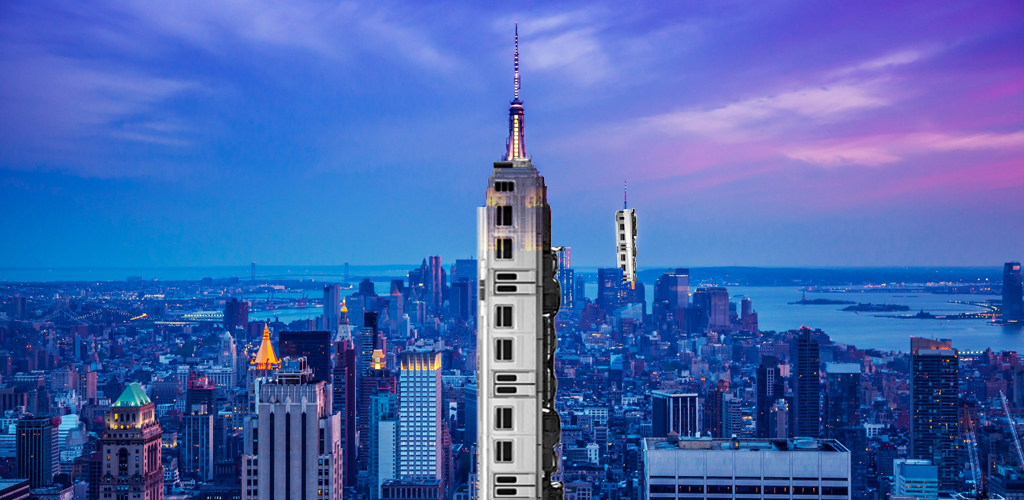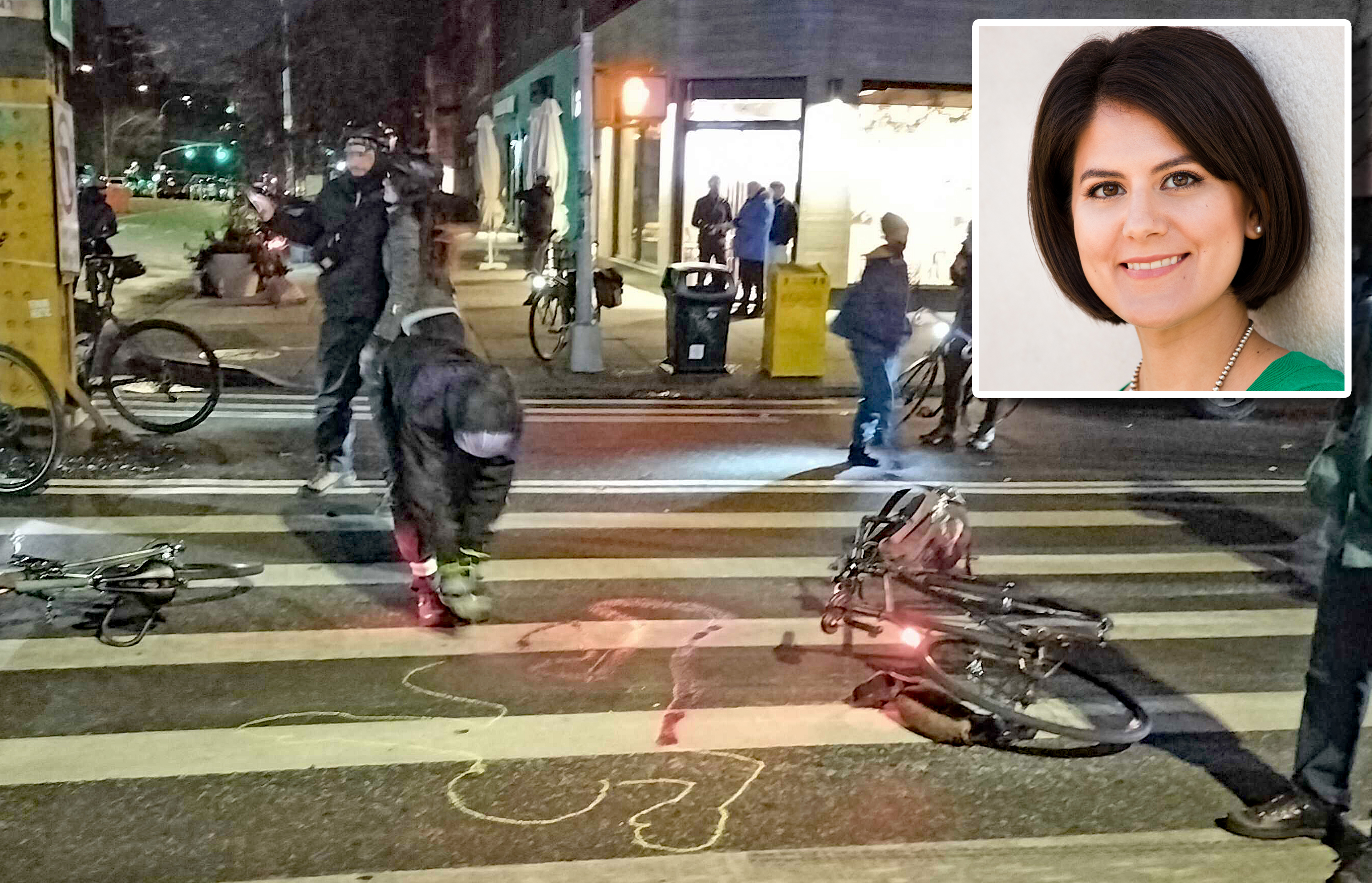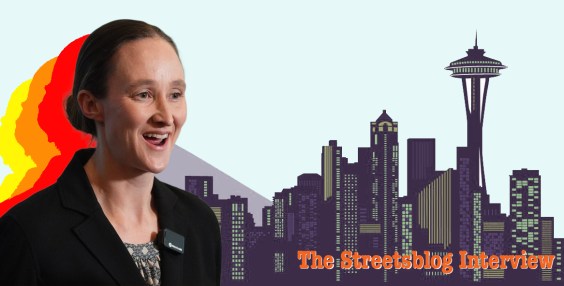On Oct. 27, 1904, the subway made its first run from City Hall to Grand Central, ushering in a new era of progress and growth for our city. To mark the event, Lisa Daglian of the Permanent Citizens Advisory Committee to the MTA offered these hopes and fears for the next 120 years.
Today marks the subway’s 120th birthday. An iconic and ubiquitous part of New York City, the subway shapes our daily life regardless of whether or not you ride it. Combined with the commuter rails, the MTA system is a $1.5-trillion asset that makes the movement of people and goods around our city possible.
New York’s density is its greatest asset. As New Yorkers know all too well, this puts space at a premium. The subway fits within these constraints, moving more people with dramatically less space than our road infrastructure. For example, while FDR Drive moves 150,000 vehicles per day, the Lexington Avenue Line 4/5/6 trains, which parallels it in Manhattan, moves 1.3 million riders. As a whole, the New York City Subway moves more people every day than all of the airlines in the United States combined.
It may not always be glamorous, but it’s undoubtedly impressive; still among the most extensive systems in the world despite the fact that expansion came to a grinding halt for much of the 20th century as highways ensnarled our waterfronts and green space and divided our city.
The subway also shapes the lives of people who may have never stepped foot in it. From 2014 to 2023, the MTA sent $35 billion to contractors and vendors across the tri-state area. Governor Hochul’s pause on congestion pricing now threatens as many as 100,000 jobs in every New York State Congressional District, according to Reinvent Albany.
Come January, Gov. Hochul and Albany legislators will be tasked with identifying $33 billion for the MTA’s 2025-29 capital plan, a difficult task made nearly impossible by Gov. Hochul's illegal congestion pricing pause and its reverberating effects from one capital plan to the next, and even to the MTA’s operations. Yet the consequences of disinvestment are well known: a transit system in decay combined with fewer jobs and fewer reasons for New York to remain a globally competitive city that serves as the breadbasket for the entire state.
All this is to say that on its 120th birthday, the subway finds itself at a crossroads: will we and our elected leaders build on the progress made since the ‘bad old days’ of the 1970s or the all-to-recent “summer of hell,” or will we double down on what makes New York, New York and invest in the system that moves the region that moves the world.
In my opinion the answer is clear: the subway – like New York – is too big to let fail.






